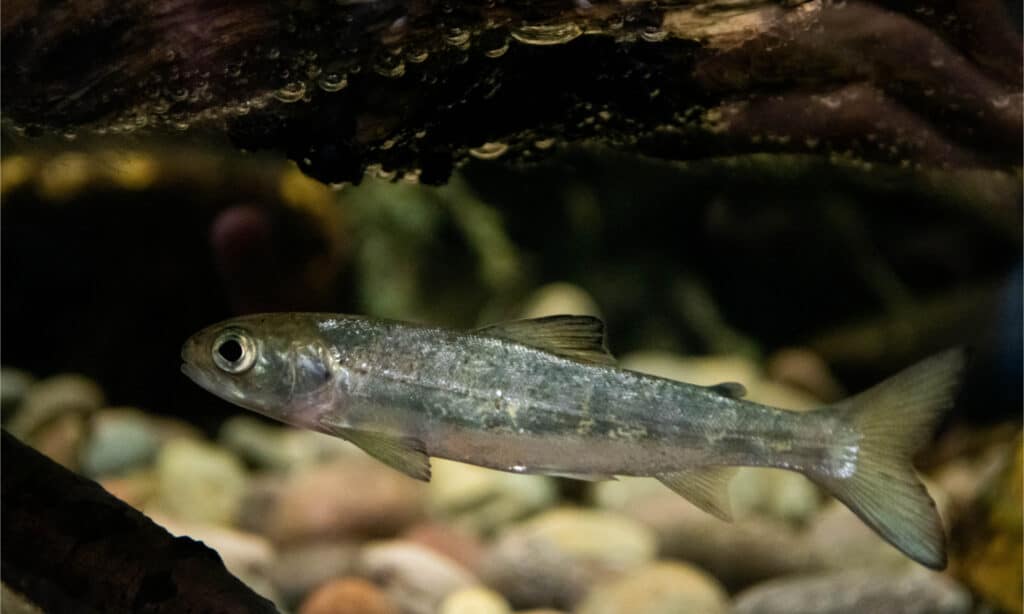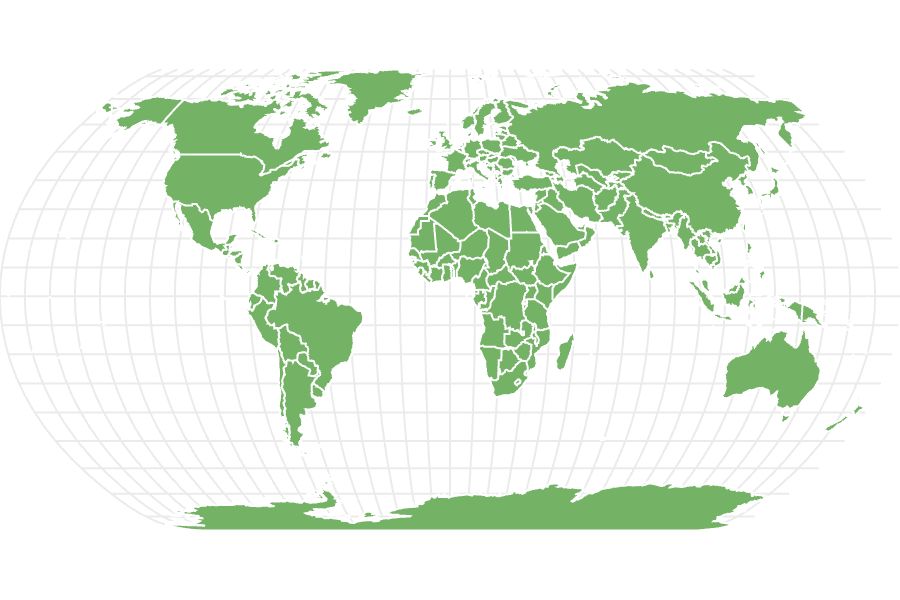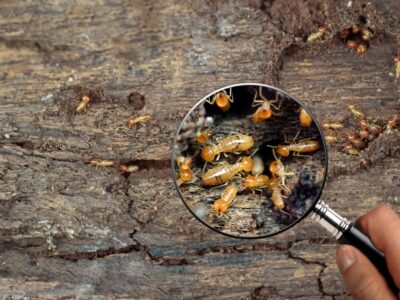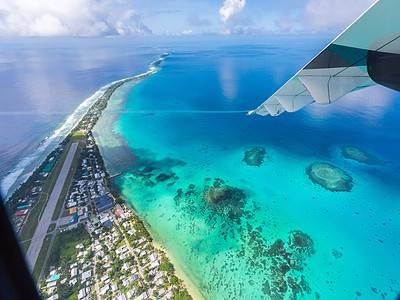Atlantic Salmon
Salmo salar
These fish are known for their ability to leap and fight when hooked.
Advertisement
Atlantic Salmon Scientific Classification
- Kingdom
- Animalia
- Phylum
- Chordata
- Class
- Actinopterygii
- Order
- Salmoniformes
- Family
- Salmonidae
- Genus
- Salmo
- Scientific Name
- Salmo salar
Read our Complete Guide to Classification of Animals.
Atlantic Salmon Conservation Status
Atlantic Salmon Facts
- Prey
- Invertebrates, other fish
- Group Behavior
- School
- Fun Fact
- These fish are known for their ability to leap and fight when hooked.
- Biggest Threat
- Overfishing, dams, pollution, habitat destruction
- Most Distinctive Feature
- Large size
- Other Name(s)
- Bay salmon, black salmon, caplin-scull salmon, silver salmon, outside salmon, fiddler, sebago salmon, and winnish
- Gestation Period
- 6 weeks
- Diet for this Fish
- Omnivore
- Type
- Salmonid fish
- Common Name
- Salmon
View all of the Atlantic Salmon images!
The Atlantic salmon is a ray-finned fish species and the third largest fish in the family Salmonidae, after the Pacific Chinook Salmon and Siberian Taimen.
The species first hatches and lives in streams and rivers before moving to mature, then moving upstream to spawn. It is found in the North Atlantic ocean and connected rivers. Some populations are threatened by overfishing, dams, pollution, and habitat destruction and so are protected.
5 Atlantic Salmon Facts
- It is invasive to the Pacific Northwest and Alaska and competes with native salmon and trout.
- Some populations are being replaced by the invasive pink salmon, which is from the Pacific Ocean.
- When it migrates to spawn, it changes in appearance and color.
- Some populations spend their whole lives in freshwater and are known as “landlocked” salmon.
- It is farmed in several locations around the world as a viable alternative to wild fish.
Classification and Scientific Name
These fish are also called bay salmon, black salmon, caplin-scull salmon, silver salmon, outside salmon, fiddler, sebago salmon, and winnish. Its scientific name is Salmo salar, with Salmo coming from the Latin word for salmon and salar likely meaning “saltwater resident.” Swedish zoologist and taxonomist Carl Linnaeus gave it its scientific binomial name in 1758. Its family is Salmonidae, meaning salmonids. Its class is Actinopterygii, which includes all ray-finned fishes. There are 20 available genera, 7 valid genera, 419 available species, and 139 valid species in its subfamily, Salmoninae. There is one species that is divided into three groups:
- North American salmon
- European salmon
- Baltic salmon
Landlocked Atlantic salmon, which lives in lakes, is considered a subspecies. It lives in freshwater its whole life.
Appearance
The facts about the Atlantic salmon’s appearance distinguish it from other salmon species. Its size makes it the largest in its genus, Salmo. After two years at sea, it measures 28-32in long and weighs 7.9-12lbs on average. But after four years, it can be much larger. The heaviest on record was found in Scotland and weighed 109.0 lb, while the longest on record was found in Norway and measured 63.25in long.
When they’re in freshwater, the young have blue and red spots. When they go to sea to mature, they have a silver-blue sheen with black spots above the lateral line. The caudal fin usually does not have any spots. When they reproduce, males become slightly red or green. All of the fish’s fins are black except for the adipose fin. Its body is fusiform, meaning it has a spindle-like shape that is wide in the middle and tapers at both ends. It has well-developed teeth. Males have a larger head-to-body ratio than females. While females have more slender bodies, their bellies expand when they store eggs.

Young salmon are called smolts after they turn silvery and migrate to the ocean
©jack perks/Shutterstock.com
Atlantic Salmon vs. Sockeye
There are some differences between Atlantic salmon and sockeye salmon, which are separate species. The sockeye salmon’s scientific name is Oncorhynchus nerka and it lives in Alaska and the Pacific Ocean. Also called red salmon, it has a dark orange-red color that turns a deep red when it swims upstream to spawn. Unlike Atlantic salmon, there is farming or conservation of sockeye salmon, because it is sustainably managed. “Sockeye” is not a description of its eyes but a corruption of the Coast Salish word suk-kegh meaning “red fish.” The fillet is equally flaky and fatty and contains 520 calories, while that of the Atlantic salmon is fattier and contains 824 calories. Sockeye salmon is also more expensive. Appearance-wise, sockeye salmon has golden eyes and a white mouth until it spawns, after which its eyes turn red and its head turns green.
Distribution, Population, & Habitat
These fish live in both freshwater and saltwater. As of 2019, there were 1,528 adult salmon in the Gulf of Maine. Population numbers in rivers can greatly vary. Those that return to rivers in northern Europe can number almost a quarter million. Other populations range from single digits to the low hundreds. Some populations are threatened by overfishing, dams, pollution, and habitat destruction. There are also many dangers the species faces when migrating to spawn, including natural and man-made obstacles. Some populations have experienced infections of viral hemorrhagic septicemia (VHS), sea lice, and infectious hemopoetic necrosis virus (IHNV). Because its status is endangered according to the NOAA and it is a protected species in the wild, all Atlantic salmon in the U.S. found in stores come from farming. Conservation efforts of the wild fish have been relatively successful since the 2000s. According to the IUCN Red List, its worldwide population trend is unspecified and it is listed as Least Concern.
Where to find Atlantic salmon and how to catch them
Atlantic salmon live in landlocked lakes, coastal rivers, and cold seas of the Atlantic. They spawn in rivers and return to the North Atlantic. You can identify them in inland waters by their dark bronze or brown color, while at sea they are silvery with small black spots. Lakebound Atlantic salmon move close to shore in the spring for the plentiful food and warmer water, but move offshore once the temperature reaches 53.6 F to eat other fish.
To catch these fish, you can use either one of several fishing methods and types of lures, tackles, and bait. Jigging, trolling, fly fishing, still fishing, or drift fishing are all effective when used with cured fish roe, flies, cut bait, freshwater live bait, spinnerbaits, plugs, or spoons. A common description when catching it is that it can really jump and fight when hooked.
Predators and Prey
This salmon’s diet is omnivorous, meaning it eats both plants and animals. The juvenile starts hunting smaller creatures after its body absorbs the yolk sac.
What do Atlantic salmon eat?
It eats zooplankton, small crustaceans and other invertebrates, small fish, and salmon eggs. Juveniles mainly eat aquatic insects including caddisflies, blackflies, mayflies, and stoneflies, and adults mainly eat capelin, which are long silvery fish. They also eat other fish such as herring, mackerel, alewife, rainbow smelt, bloater, sculpin, and yellow perch. These facts make the adults piscivorous, or fish-eating.
What eats Atlantic salmon?
Salmon, swordfish, striped bass, Atlantic halibut, Atlantic bluefin tuna, grizzly bears, polar bears, eagles, osprey, kingfishers, snakes, whales, killer whales, porpoises, sharks, dolphins, seals, sea lions, and otters all eat Atlantic salmon. Humans also eat Atlantic salmon.
Reproduction and Lifespan
These fish almost always spawn by returning to the river or even the specific stream in which they were born. They migrate upstream through the rivers of New England in the spring up through fall. They breed in Western European rivers from northern Portugal north to Norway, Iceland, and Greenland, and on the east coast of North America from Connecticut in the United States north to northern Labrador and Arctic Canada. They are called fry, fingerling, parr, smolt, grilse, grilt, kelt, slink, or spring salmon depending on the stage of their life cycle.
To prepare for spawning, the female locates a gravel bed in a stream, and then uses her tail to push water and create a “redd” or nest. She releases anywhere from 2,500 to 7,000 eggs depending on her size, which is 600-800 eggs per pound of body weight. After she and the male release eggs and sperm (milt), the female again uses her tail to cover them with gravel. Most spawn once or twice but do not die after spawning, unlike Pacific salmon. The fry stay buried in the gravel for 6 weeks and come out in mid-May. Juveniles reach sexual maturity after 1-2 years at sea, and grow much faster there than in freshwater. When their breeding habitats overlap, Atlantic salmon have been known to crossbreed with brown trout (Salmo trutta). Their lifespan is 1-7 years in freshwater and 1-6 years in saltwater, while the oldest on record was 13 years old.
Atlantic Salmon in Fishing and Cooking
Atlantic salmon is both a recreational and commercial type of fish, but those in U.S. markets are obtained only through farming. In the Great Lakes area, they are rare, and only a few places where there are small catchable populations.
People buy this fish fresh, canned, or frozen. It is a part of several traditional cuisines around the world. Norway accounts for over 50% of the harvests, or 1.2 million metric tons. Other countries are North America, Scotland, Ireland, Australia, the Faroe Islands, and Chile. The description of its flavor is firm, mild, delicate, and oily, and it is often eaten as a baked or pan-seared fillet, but it can also be roasted or made into cakes or patties. Farm-raised salmon tastes milder than wild-caught salmon. Nutrition-wise, wild-caught salmon has more protein, and farm-raised salmon is slightly higher in calories and healthy fats. Both are good sources of B vitamins, selenium, and phosphorus.
View all 194 animals that start with AAtlantic Salmon FAQs (Frequently Asked Questions)
Where are Atlantic salmon found?
The North Atlantic.
What do Atlantic salmon eat?
Invertebrates and other fish.
Is Atlantic salmon a good fish to eat?
It is delicious, and it is often enjoyed as a fillet.
Is Atlantic salmon good salmon?
While it is no longer healthy, it has long been popular.
Why is Atlantic salmon not good for you?
Farm-raised Atlantic salmon contains many toxins. They escape and contaminate wild fish with antibiotics and pesticides.
Do Atlantic salmon still exist?
Yes, although some populations have been reduced in U.S. fisheries, as they used to be native to every coastal river northeast of the Hudson River in New York. Those fisheries then closed in 1948.
Is Atlantic salmon healthy?
It would be, were it not for the toxins in farm-raised fish.
Thank you for reading! Have some feedback for us? Contact the AZ Animals editorial team.
Sources
- Wikipedia, Available here: https://en.wikipedia.org/wiki/Atlantic_salmon
- California Academy of Sciences, Available here: https://researcharchive.calacademy.org/research/ichthyology/catalog/SpeciesByFamily.asp#Paralichthyidae
- Seafood Source, Available here: https://www.seafoodsource.com/seafood-handbook/finfish/salmon-atlantic
- Seafood Source, Available here: https://www.seafoodsource.com/news/aquaculture/cooke-destroys-800-000-sick-atlantic-salmon
- Seafood Source, Available here: https://www.seafoodsource.com/news/supply-trade/alternatives-to-atlantic-salmon-promoted-in-japan
- Seafood Source, Available here: https://www.seafoodsource.com/pricing/species-in-the-spotlight/salmon/atlantic-salmon-supply-on-the-rise-consumption-falls
- Seafood Source, Available here: https://www.seafoodsource.com/news/aquaculture/washington-close-to-banning-atlantic-salmon-farming
- Fishbase, Available here: http://www.fishbase.us/summary/SpeciesSummary.php?ID=236&AT=atlantic+salmon
- NOAA Fisheries, Available here: https://www.fisheries.noaa.gov/species/atlantic-salmon-protected
- NOAA Fisheries, Available here: https://www.fisheries.noaa.gov/species/atlantic-salmon
- Atlantic Salmon Federation, Available here: https://www.asf.ca/about-atlantic-salmon/life-story
- USGS, Available here: https://nas.er.usgs.gov/queries/CollectionInfo.aspx?SpeciesID=926
- USGS, Available here: https://nas.er.usgs.gov/queries/FactSheet.aspx?speciesID=926
- USGS, Available here: https://nas.er.usgs.gov/queries/CollectionInfo.aspx?SpeciesID=929
- University of Rhode Island, Available here: http://www.edc.uri.edu/restoration/html/gallery/fish/salmon.htm
- Washington Department of Fish & Wildlife, Available here: https://wdfw.wa.gov/species-habitats/invasive/salmo-salar
- The Barents Observer, Available here: https://thebarentsobserver.com/en/climate-crisis/2021/07/there-almost-no-atlantic-salmon-left-norwegian-arctic-rivers-invasive-species
- Invasive Species: Washington, Available here: https://invasivespecies.wa.gov/atlantic-salmon/
- State of Alaska, Available here: https://www.adfg.alaska.gov/index.cfm?adfg=invasiveprofiles.atlanticsalmon_impacts
- Your Fish Guide, Available here: https://www.yourfishguide.com/male-vs-female-salmon/
- Find Any Answer, Available here: https://findanyanswer.com/how-do-you-tell-the-difference-between-a-male-and-female-salmon
- NOAA Fisheries, Available here: https://www.fisheries.noaa.gov/species/sockeye-salmon


















